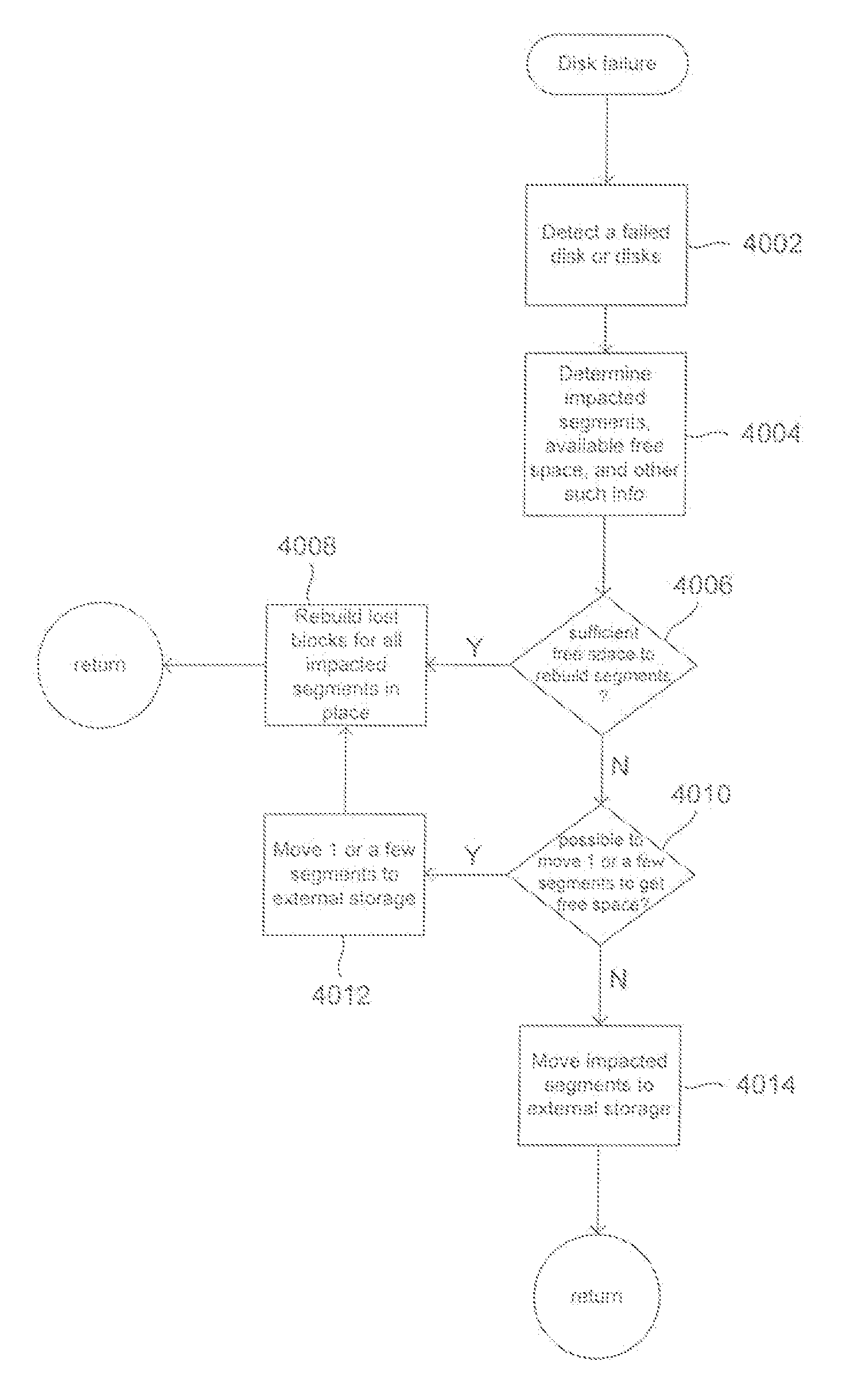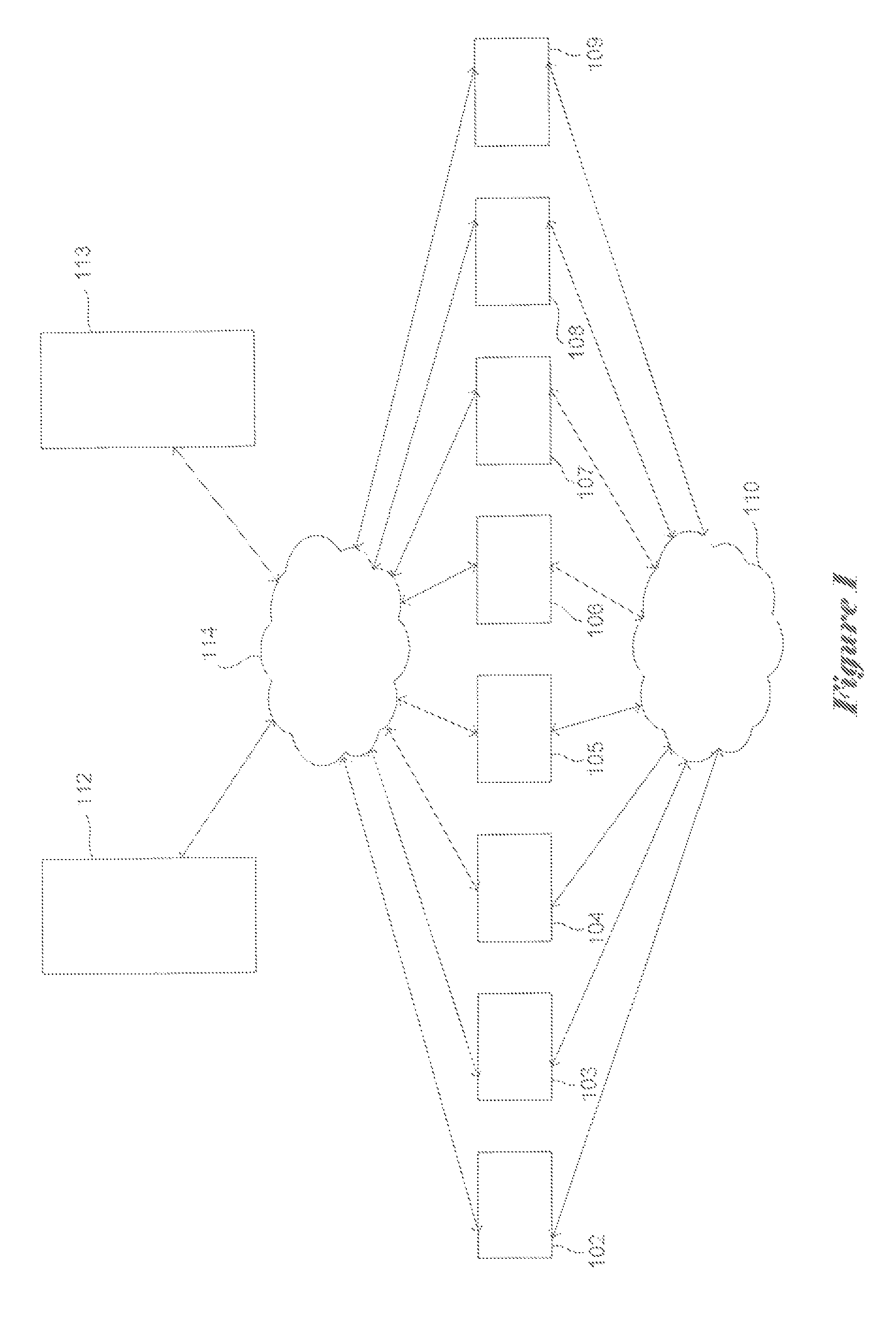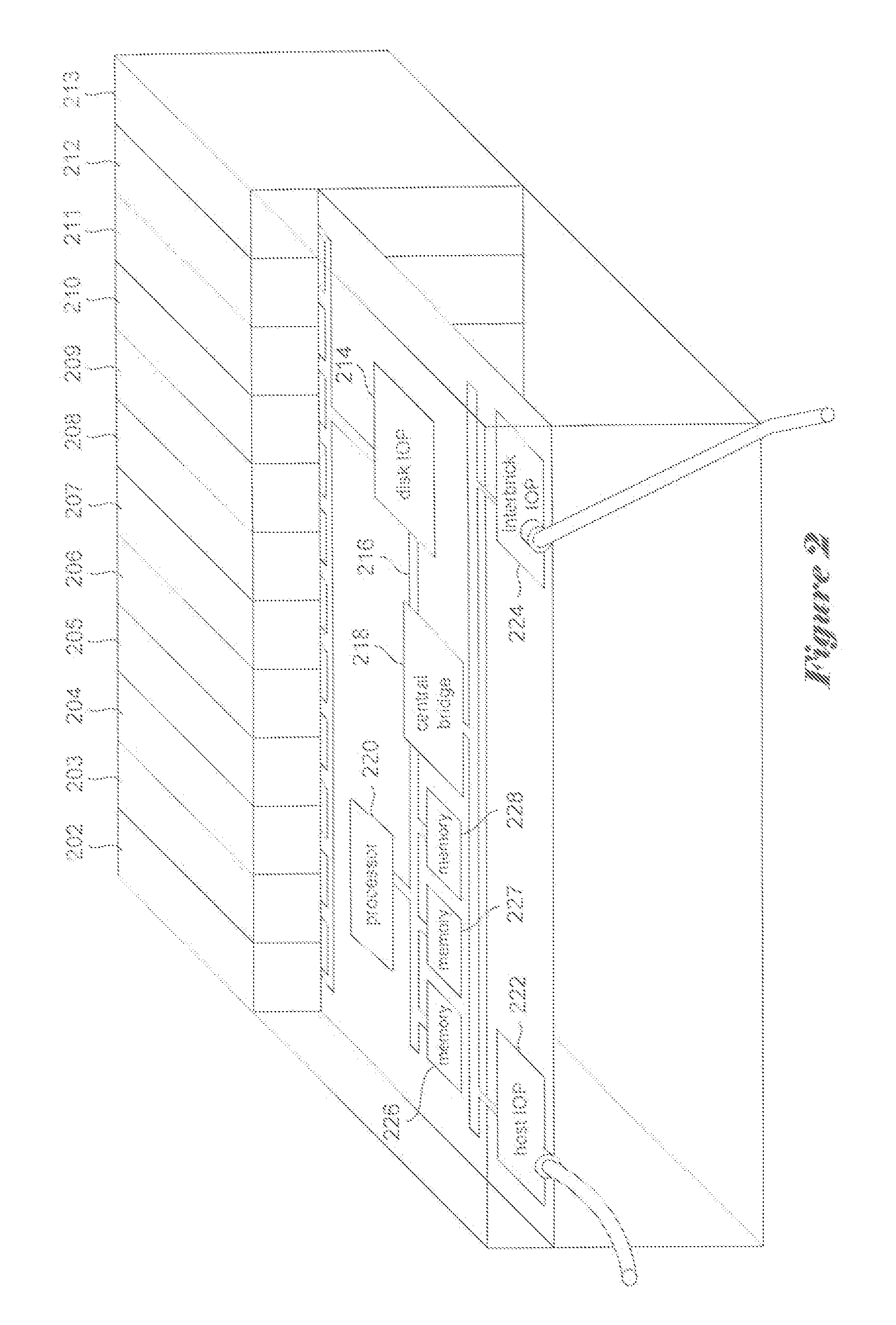Sufficient free space for redundancy recovery within a distributed data-storage system
a data-storage system and free space technology, applied in the field of distributed computer systems, can solve the problems of increasing the difficulty of managing and recovering redundancy, increasing the difficulty of fab architecture, and increasing the difficulty of addressing redundancy recovery.
- Summary
- Abstract
- Description
- Claims
- Application Information
AI Technical Summary
Benefits of technology
Problems solved by technology
Method used
Image
Examples
Embodiment Construction
[0035]Various embodiments of the present invention are directed to redundancy-recovery methods, and distributed data-storage systems employing the redundancy-recovery methods, invoked upon detection of a failure or failures of one or more mass-storage devices within a component data-storage system of a distributed data-storage system. One embodiment of the present invention is described, below, within the context of a type of distributed mass-storage device currently under development. The context is somewhat complex. In following subsections, the distributed data-storage system and various methods employed by processing components of the distributed data-storage system are first discussed, in order to provide the context in which redundancy-recovery methods that represent embodiments of the present invention are subsequently described. In a final subsection, the redundancy-recovery methods that represent embodiments of the present invention are described, in detail, with reference ...
PUM
 Login to View More
Login to View More Abstract
Description
Claims
Application Information
 Login to View More
Login to View More - R&D
- Intellectual Property
- Life Sciences
- Materials
- Tech Scout
- Unparalleled Data Quality
- Higher Quality Content
- 60% Fewer Hallucinations
Browse by: Latest US Patents, China's latest patents, Technical Efficacy Thesaurus, Application Domain, Technology Topic, Popular Technical Reports.
© 2025 PatSnap. All rights reserved.Legal|Privacy policy|Modern Slavery Act Transparency Statement|Sitemap|About US| Contact US: help@patsnap.com



